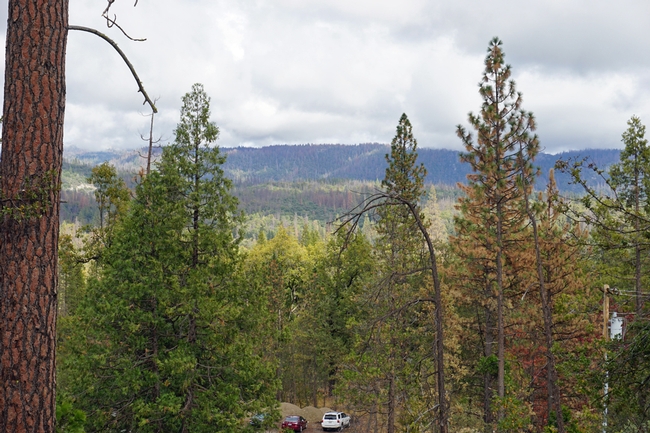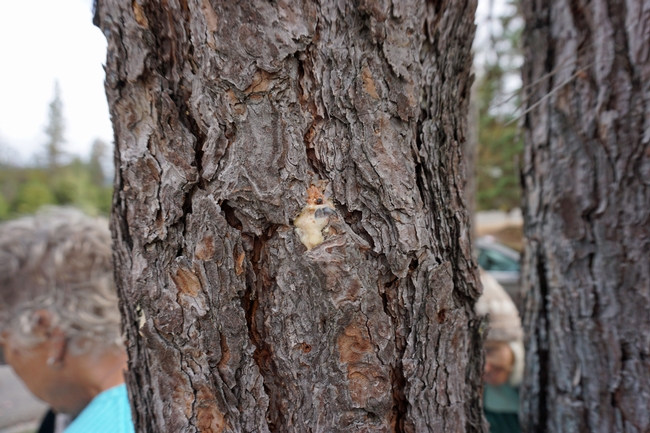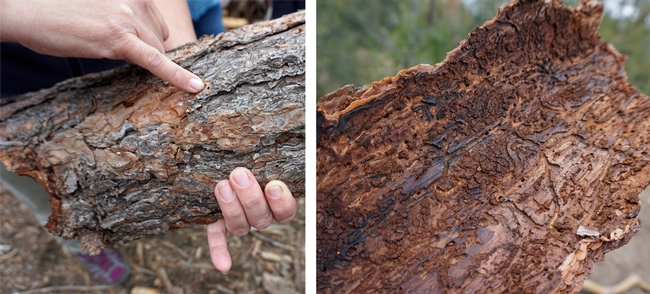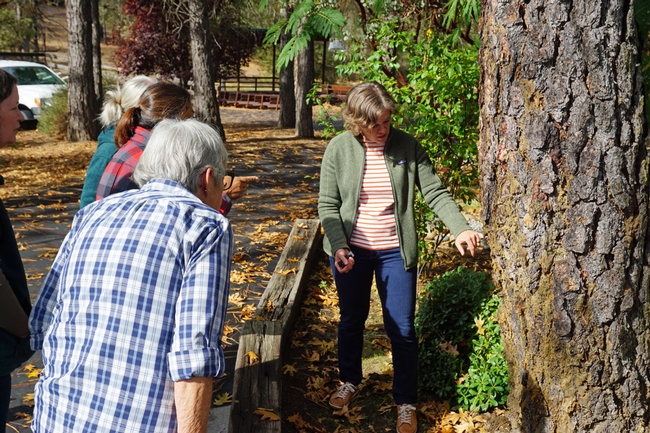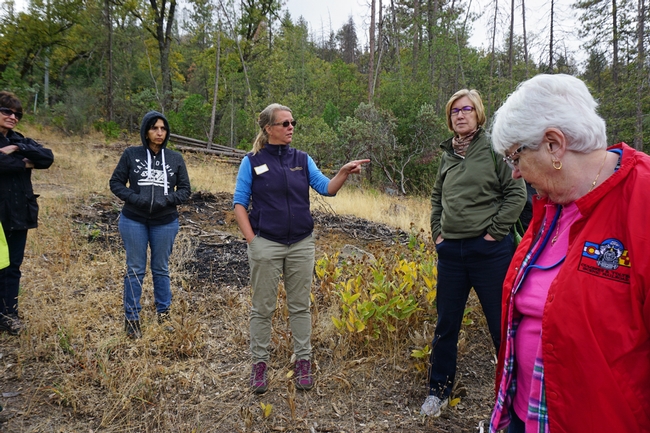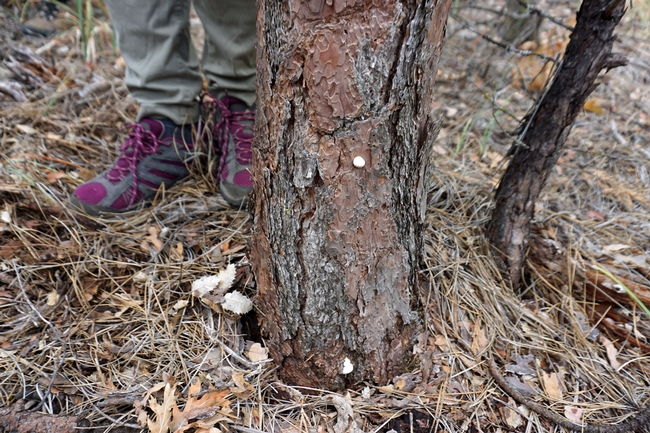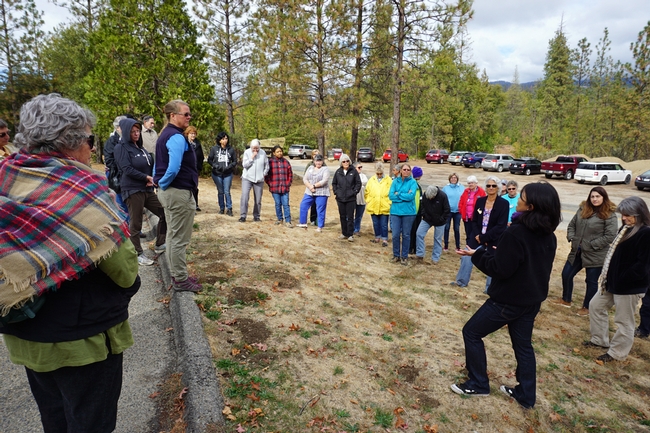Posts Tagged: bark beetles
Beetles from Belize at the Bohart Museum Open House
Beetles from Belize at the Bohart! The Bohart Museum of Entomology open house on beetles, set Sunday, Jan. 22, will include "Beetles in...
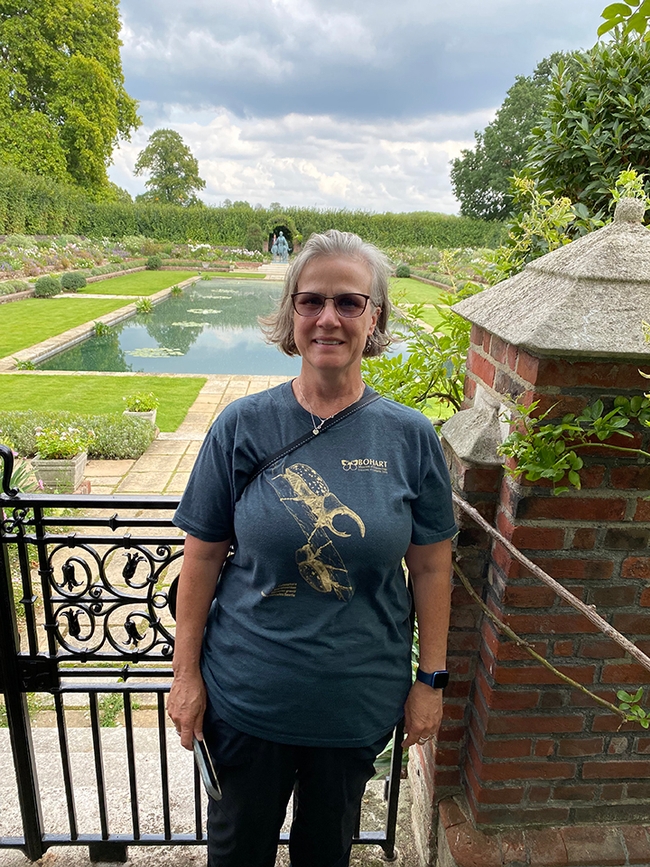
Professor Fran Keller of Folsom Lake College and a Bohart Museum of Entomology scientist, is shown here wearing her Bohart Museum rhinoceros beetle shirt at Kensington Palace. Keller taught science to community college students in London during the fall semester. She designed this beetle, which is available in the Bohart Museum gift shop.
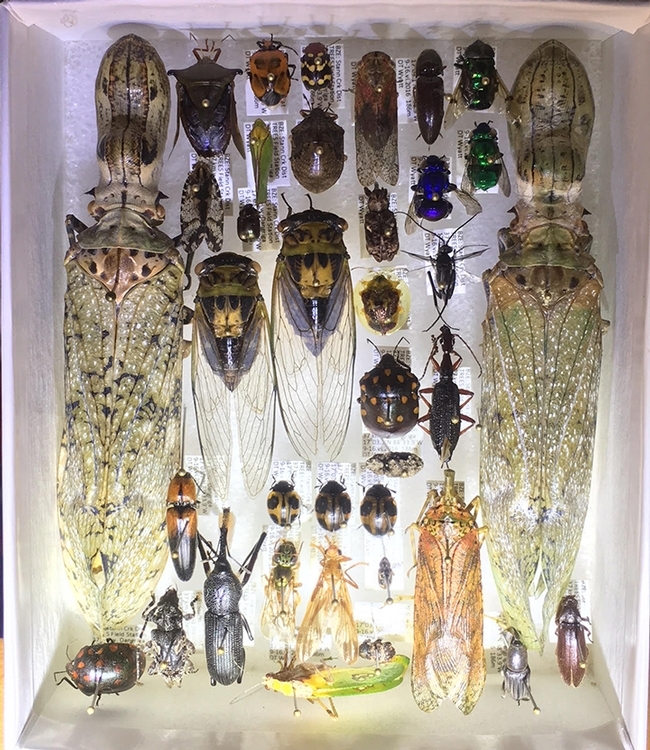
Some of the insects collected during a Bio Blitz in Belize for the Bohart Museum of Entomology. (Photo by Fran Keller)
UC Davis ENT Seminars: From Bark Beetles to Meat-Eating Bees
From bark beetles to meat-eating bees! And from UC Davis to France... Seminar coordinator Emily Meineke, urban landscape entomologist and...
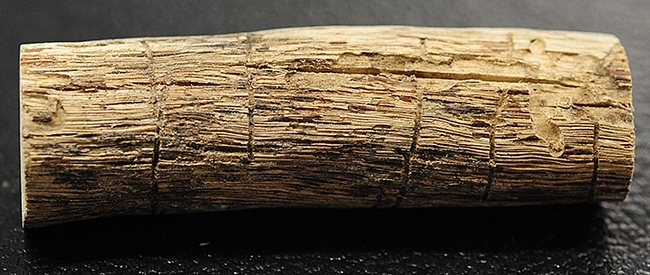
This is a gallery of bark beetles. A seminar on forest beetles will be among the seminars hosted by the UC Davis Department of Entomology and Nematology. (Photo by Kathy Keatley Garvey)
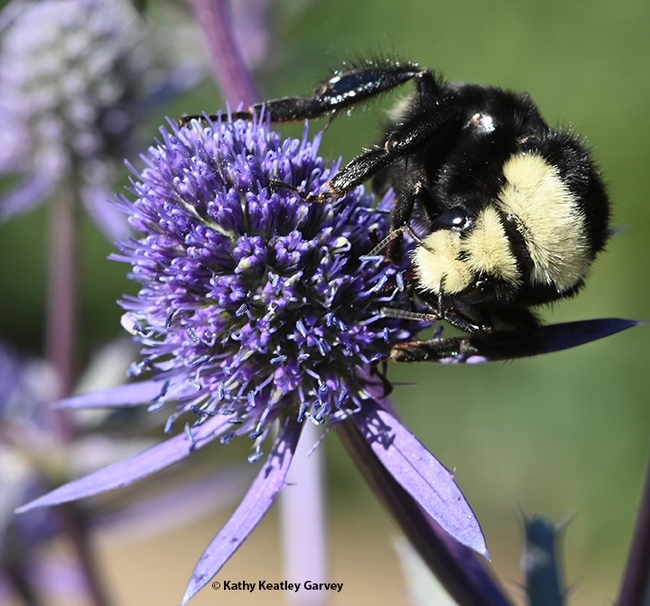
Wild bees will be among the UC Davis Department of Entomology and Nematology's seminar topics. This is a yellow-faced bumble bee, Bombus vosnesenskii, sipping nectar from amethyst sea holly, Eryngium amethstinum, in Sonoma. (Photo by Kathy Keatley Garvey)
How Do Monarchs Know When to Migrate? Bohart Museum Open House Jan. 18
How do monarch butterflies know when to migrate? Take the case of a male monarch reared, released and tagged by Steven Johnson in a Washington State...
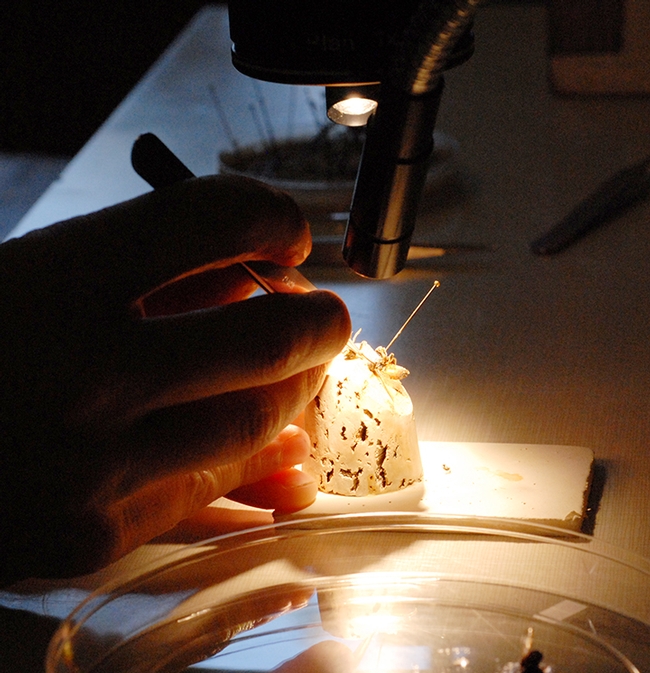
Eight microscopes will be available at the Bohart Museum of Entomology open house on Jan. 18. Visitors can view the research projects of doctoral students. (Photo by Kathy Keatley Garvey)
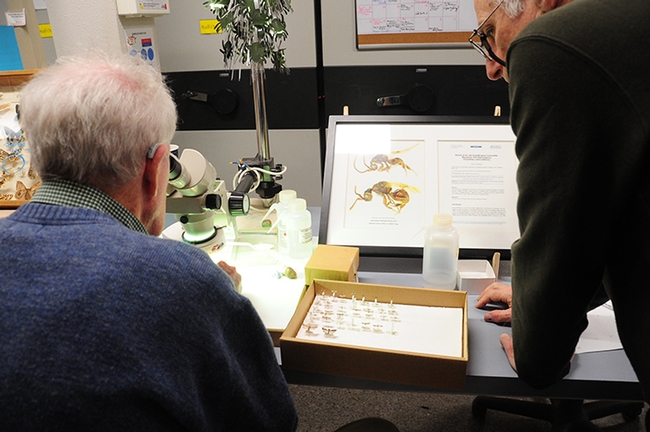
Ants will be the topic of Zachary Griebenow of the Phil Ward lab, UC Davis Department of Entomology and Nematology. This image shows emeritus professor Jerry Powell of UC Berkeley identifying insects at the Bohart Museum of Entomology. (Photo by Kathy Keatley Garvey)
Replanting the Sierra Nevada after an ecological catastrophe
Given California's changing climate, should Sierra Nevada residents replant pine trees after so many died during the 2010-2016 drought? The short answer is yes, says Susie Kocher, UC Cooperative Extension forestry advisor.
“We have every reason to believe that pines will continue to be an important part of mixed conifer forests in the Sierras,” Kocher said.
Kocher spoke at a meeting for UC Master Gardeners, volunteers who provide landscape advice to the public in California. Questions have been coming in to Master Gardener hotlines from mountain residents wondering what to do after unprecedented tree loses in the last few years.
Most California forests are suffering from severe overcrowding due to 100 years of aggressive fire suppression and selective harvesting of the largest and most resilient trees. They were then subjected to five years of drought.
“There were just too many stems in the ground,” Kocher said. “The drought was very warm, so trees needed more water, but got less. These were optimal conditions for bark beetles.”
Western pine beetle is a native pest that attacks larger ponderosa pine and Coulter pine trees weakened by disease, fire, injury or water stress. Bark beetles are tree species specific, so other beetles target other species of trees in California's mixed conifer forests. Typically, bark beetles bore through tree bark and create long winding tunnels in the phloem. An aggregating pheromone attracts additional bark beetles to the tree, and heavily attacked trees invariably die.
During the drought, 102 million Sierra Nevada trees died from bark beetle attack or simply lack of water; 68 million of those died in 2016 alone. But after the abundant rainfall in the 2016-17 season, the bark beetle population seems to have crashed.
Landowners with 20 acres or more may be eligible for a state cost-sharing program to remove trees, reduce the fire hazard and replant new seedlings. Landowners in mountain communities who wish to revitalize their properties can contact local UC Master Gardeners for recovery advice.
UC Master Gardeners are plant enthusiasts who have passed an intense training program presented by UC academics. They participate in continuing education annually to update and maintain their knowledge. More than 60 Master Gardeners from Mariposa, Madera and Fresno counties gathered in Oakhurst in October to learn from UC scientists how to work with mountain homeowners whose towering trees have died. Similar training sessions, all funded by a grant from UC Agriculture and Natural Resources, were held in El Dorado and Tuolumne counties in June.
“There is life after beetles,” said Jodi Axelson, UC Cooperative Extension forestry specialist at UC Berkeley.
“Eco systems are stretched, and then they come back,” she said. “You must remember the time scale of forest change is long and pines have been a major species in the Sierra Nevada for at least 28,000 years. As long as there have been pines, there have been bark beetles.”
The scientists suggest that people who own forestland take a step back and assess the landscape after their dead trees have been removed.
“We're seeing a lot of young cedar and white fir surviving the drought. Oaks seem to be doing really well,” Kocher said.
She suggests landowners thin young trees so available sun and soil moisture are focused on the healthiest trees. Water seedlings that are receiving more sun than before to reduce stress. Planting native conifers is the best option. Due to climate change, she recommends choosing trees from a slightly lower elevation to hedge against warmer temperatures in the future.
Pines are adapted to the California forest, but may need help to regenerate. When the ground is moist in the late fall or spring, plant seedlings 10 to 14 feet apart. New trees should be planted well away from homes to maintain defensible space and at least 10 feet from power lines.
“Please don't set them up for future torture,” Kocher said. “That's just sad.”
To help the new trees become established, cover the ground around the tree, but not touching the bark, with two or three inches of mulch and irrigate weekly during the dry season for the first few years.
Questions about special circumstances may be directed to local UC Master Gardeners. Find the local program here: http://mg.ucanr.edu/FindUs/
The Day That The Beetles Invaded the Bohart
Just call it "The Day that the Beetles Invaded the Bohart." That would be the recent open house at the Bohart Museum of Entomology, University of...
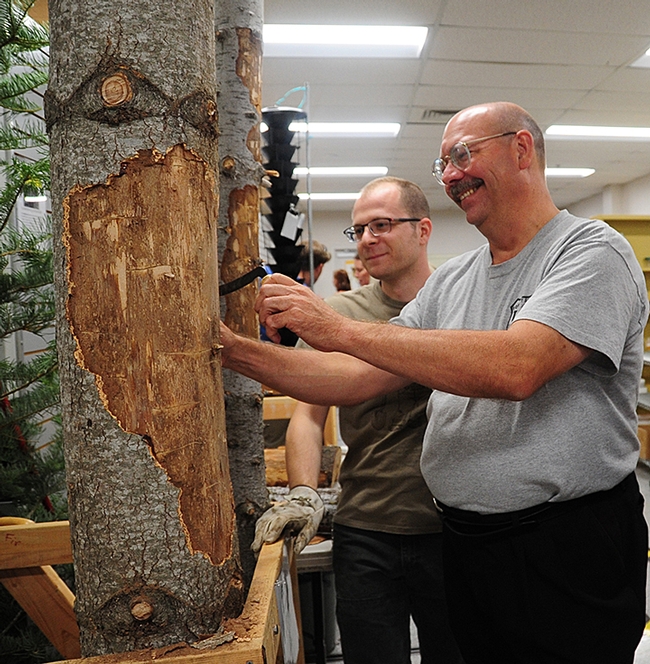
USDA Forest Research entomologist Steve Seybold (foreground) and UC Davis graduate student Corwin Parker peel bark to reveal larvae of bark beetles and wood borers. (Photo by Kathy Keatley Garvey)
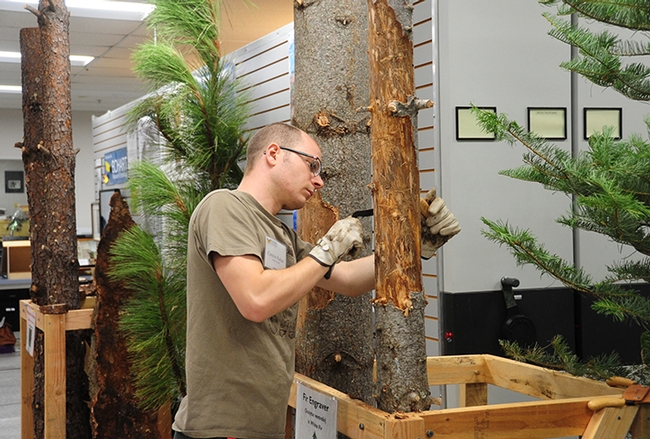
UC Davis graduate student Corwin Parker examines a conifer for beetles. (Photo by Kathy Keatley Garvey)
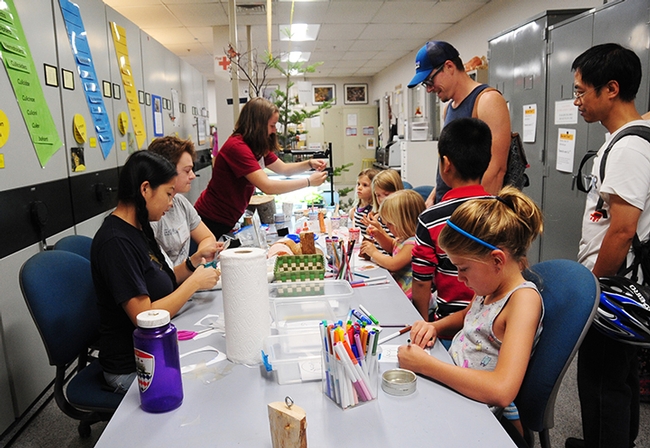
Children flocked to the crafts table to create art focused on bark beetles. (Photo by Kathy Keatley Garvey)
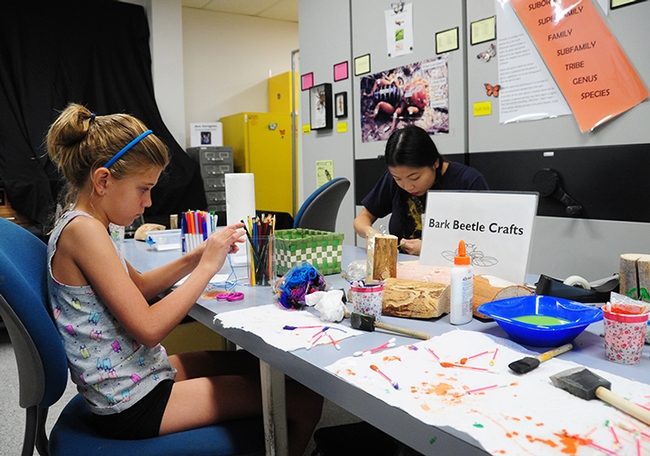
Natalie Seybold (left) works on bark beetle art. In the background is Bohart Museum associate Mai Lundy. (Photo by Kathy Keatley Garvey)
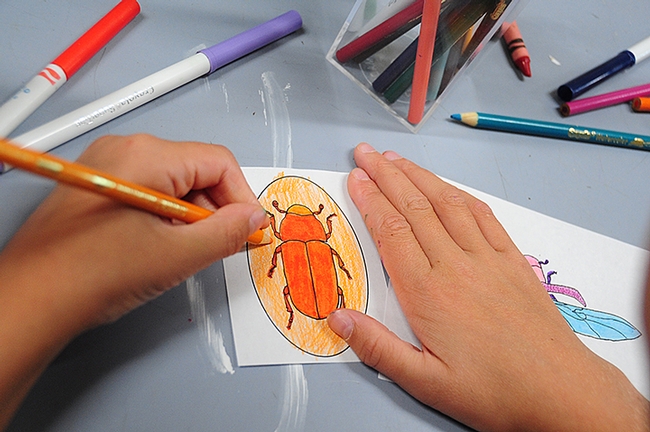
Bark beetle art in the making--this is the work of Natalie Seybold of Davis. She is coloring an outline of a Dendroctonus sp. bark beetle, probably the red turpentine beetle, Dendroctonus valens, or the great spruce beetle, Dendroctonus micans. (Photo by Kathy Keatley Garvey)
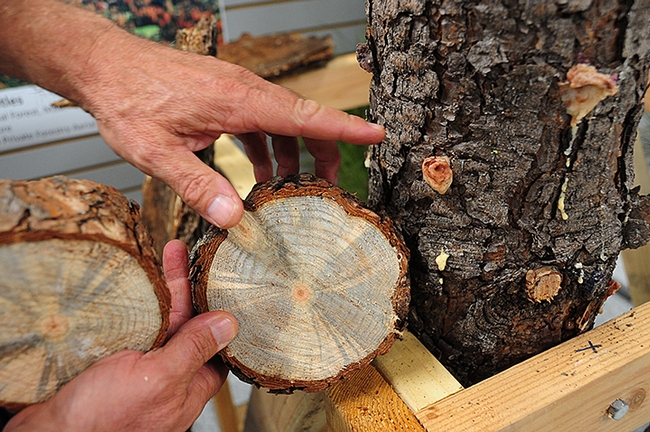
This is staining to a cross section of ponderosa pine, Pinus ponderosa, by a blue-staining fungus carried by the western pine beetle, Dendroctonus brevicomis. In the background: pitch tubes around the entrance holes of western pine beetle, Dendroctonus brevicomis, on the bark surface of ponderosa pine, Pinus ponderosa.(Photo by Kathy Keatley Garvey)
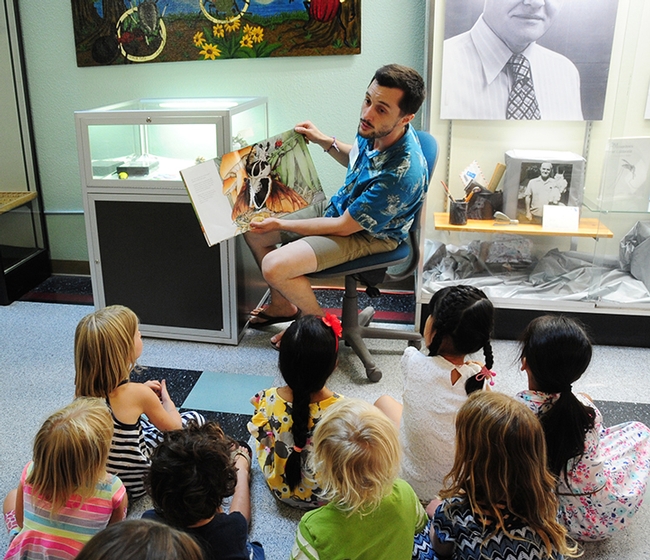
Entomologist Wade Spencer, a UC Davis undergraduate student and Bohart Museum associate, reads a children's book, "Beetle Bedlam." (Photo by Kathy Keatley Garvey)


